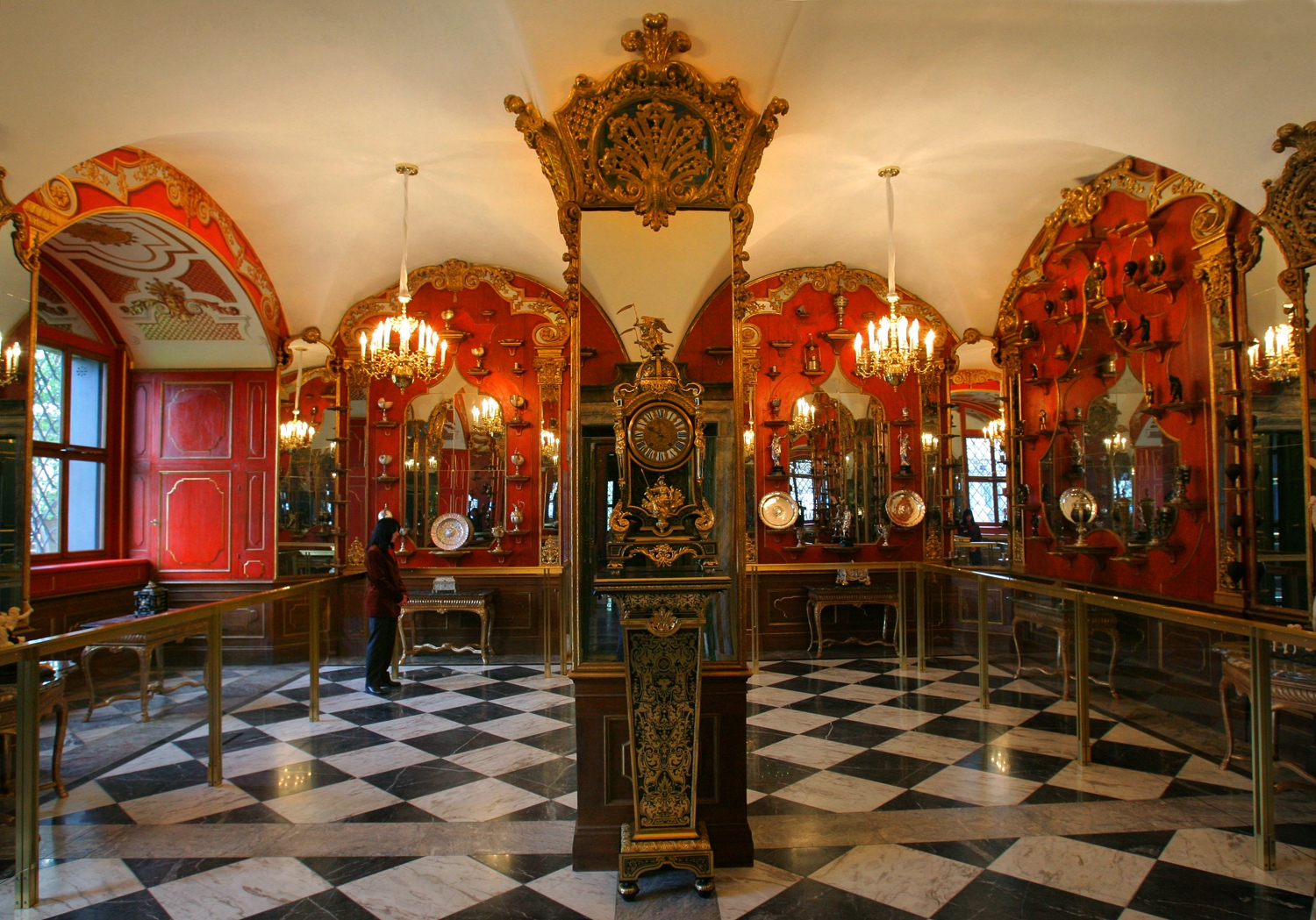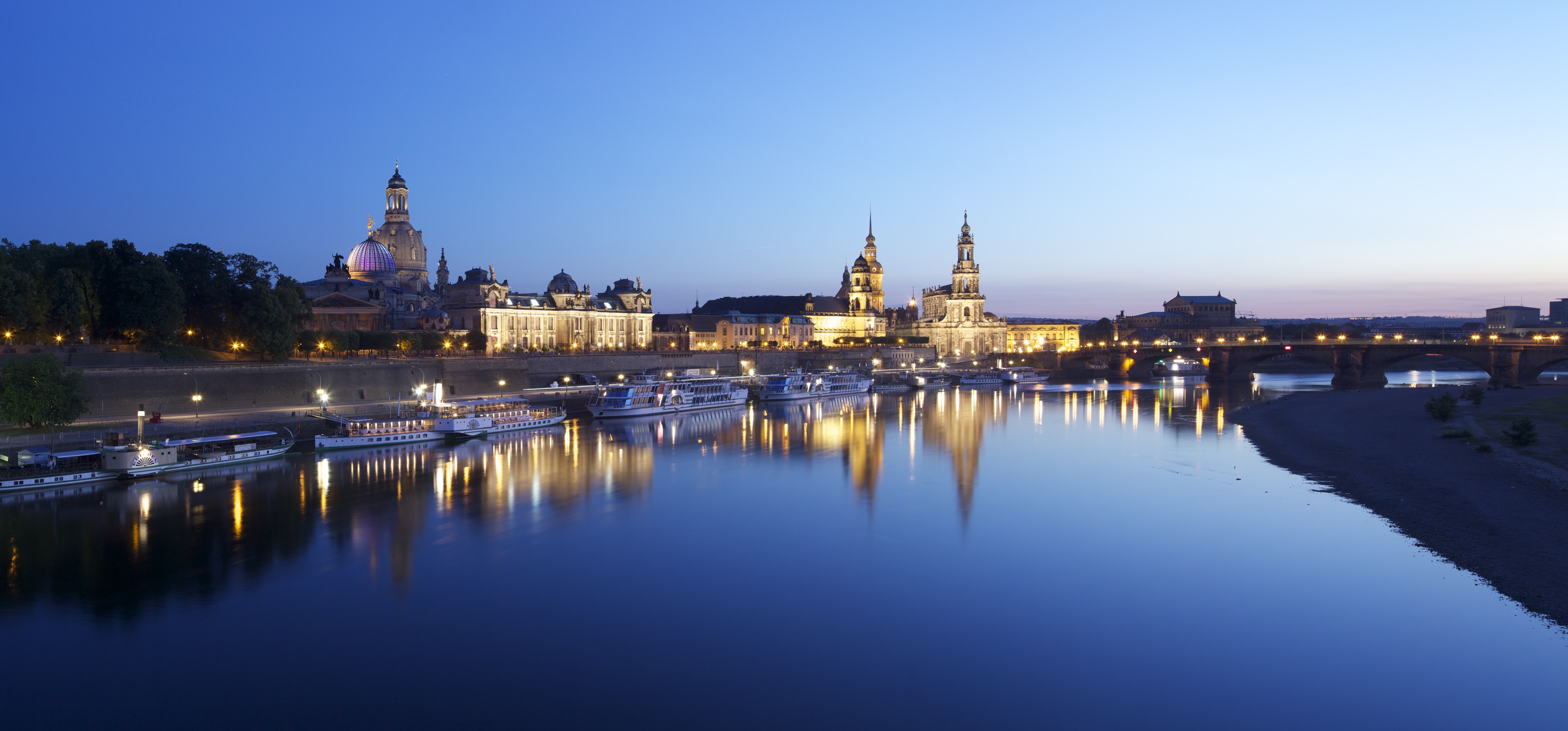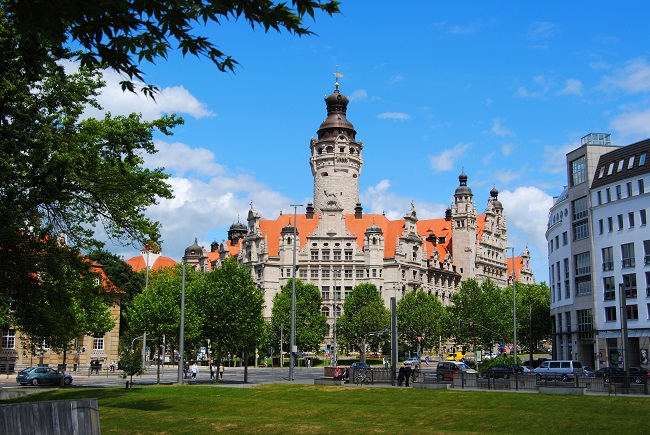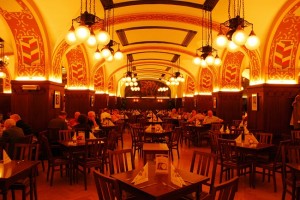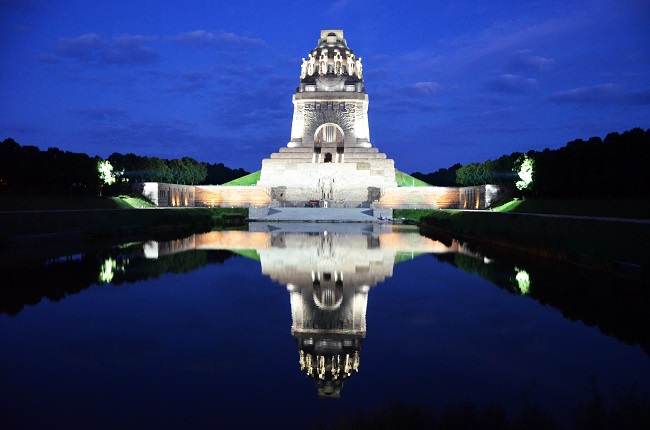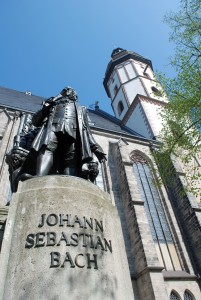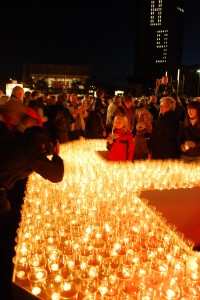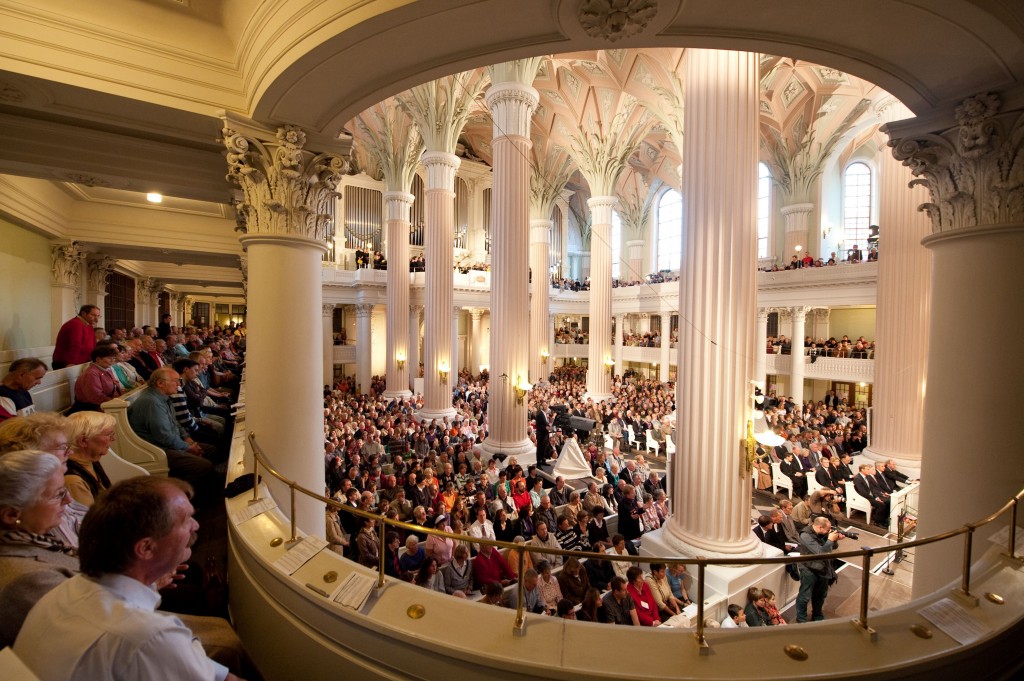By Richard Irwin, Staff Writer
Dresden is literally a jewel box when you visit Grünes Gewölbe, the Green Vault. It is one of the oldest museums in the world, even older than London’s British Museum.
Rulers used it as a private treasure trove in the 17th century. It was opened to the public by Augustus the Strong, who displayed his priceless works of art in gold and silver, as well as fabulous jewelry.
Named after the green-painted bases of its columns, the Green Vault was rebuilt after its destruction during the war, and the treasures were returned to Dresden in 1958 after being taken by the Red Army. In 2004, the New Green Vault opened its collection of art on the second floor of the Dresden Castle.
In 2006, the Historic Green Vault reopened with 3,000 magnificent pieces of jewelry made from gold, silver, amber and ivory. It also has the largest green diamond in the world.
While the new vault can be visited any time, the historic vault requires advance-purchase tickets for a specific time. A limited number of tickets are also sold every morning.

